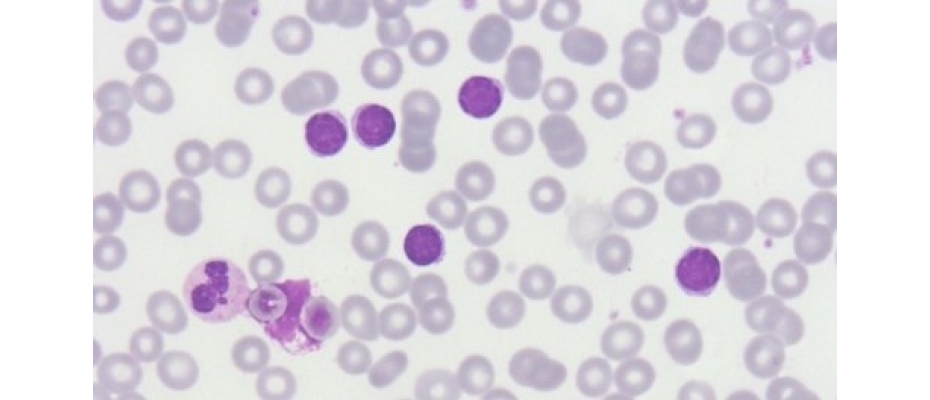
BCN, 7 July 2021.- Ten years have passed since the publication in Nature of the first results of the Chronic Lymphocytic Leukaemia project (CLL) of the International Cancer Genome Consortium (ICGC). This article was a major achievement in the study of cancer but also a huge milestone for the Centro Nacional de Análisis Genómico (CNAG-CRG), a year earlier the Spanish participation in the ICGC had been the reason for the creation of the center and this was the first publication of results fully sequenced at the new facilities.
The ICGC focused on studying 50 different cancer types and/or subtypes of clinical and societal importance across the globe. Spain chose CLL, which involved massive high-throughput sequencing to understand the genomic changes that take place when cancer appears. Until that moment, Spain did not have a facility capable of undertaking a project of this magnitude and therefore the Spanish and Catalan Governments made an agreement and invested equally in setting up the CNAG-CRG.
The study published in Nature on Jul 7 2011 was led by Elias Campo from IDIBAPS and Hospital Clinic and Carlos López-Otin from the University of Oviedo. At the CNAG-CRG we sequenced the complete genome of tumor cells and compared it with the genome sequence of healthy cells from the same individuals. This approach allowed to verify that each tumor had about a thousand mutations in its malignant genome. The subsequent analysis of the mutated genes in a group of more than 300 patients allowed the identification of four genes whose mutations cause the development of this type of leukemia.
In later studies of the same project, we sequenced 500 samples of CLL tumors and healthy references. The final results of the study showed the great heterogeneity of this disease with thousands of mutations involved and where each patient presented a unique combination of hundreds of them. Even the most recurrent mutations between different patients were only found in 15% of the patients. Nevertheless, its identification was a considerable breakthrough, since it was a step towards personalized treatment, based on the genetic profile of each tumor.
Beyond CLL, the CNAG-CRG has continued its contribution to cancer research. We participate in other ICGC projects, and collaborate with national and international institutions in cancer studies. This research area is essential to the centre, we have the latest sequencing and analysis technologies and we have worked intensively to develop a broad expertise to achieve the best results.
Work of reference: Whole-genome sequencing identifies recurrent mutations in chronic lymphocytic leukaemia
*Photograph: CLL cell (IDIBAPS)











